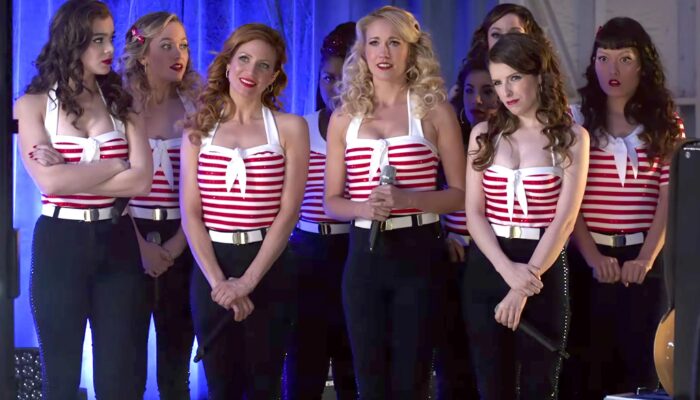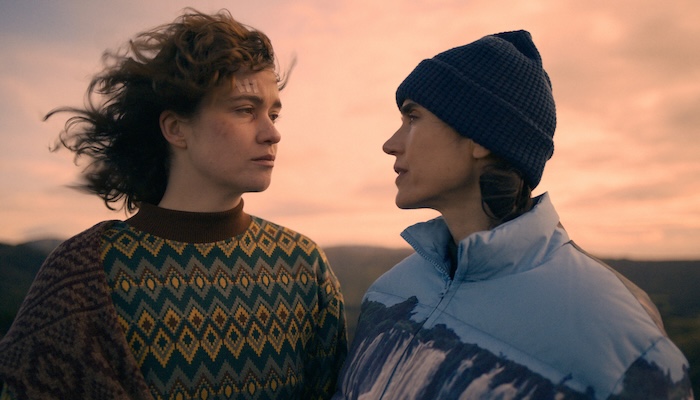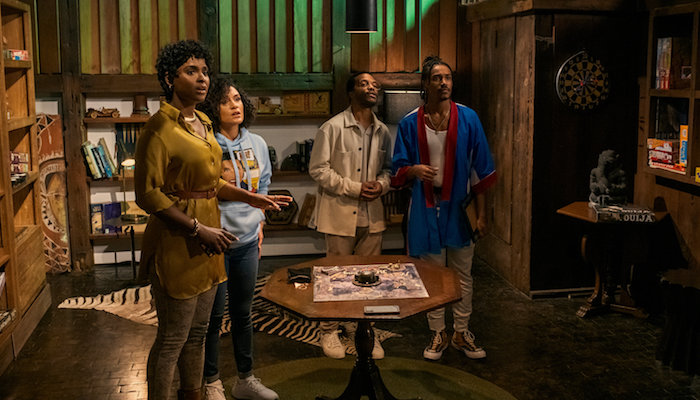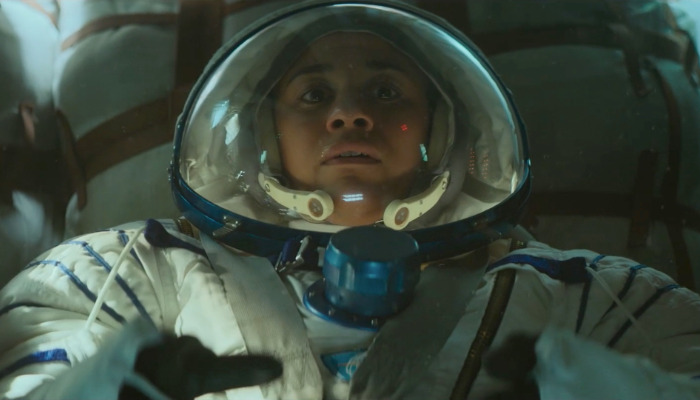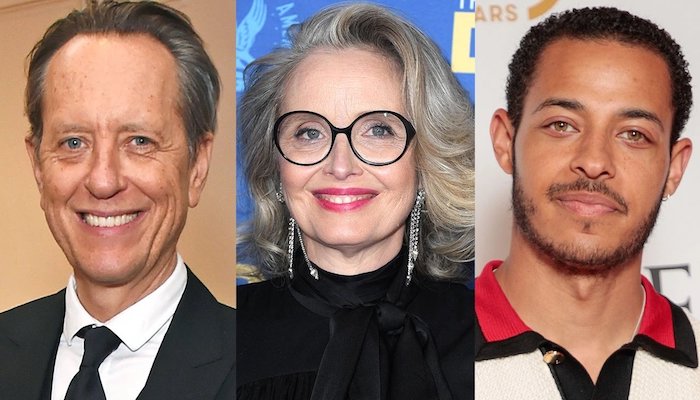Film Review: ENDANGERED: The Trials and Tribulations of Modern-Day Journalists Are Given a Sharpened View But a Limited Scope [Tribeca 2022]
Endangered Review
Endangered (2022) Film Review from the 21st Annual Tribeca Film Festival, a documentary directed by Heidi Ewing and Rachel Grady, featuring Patrícia Campos Mello, Carl Juste, Sáshenka Gutiérrez, Oliver Laughland, and Joel Simon.
Back with their trademark observational approach, documentarian duo Heidi Ewing and Rachel Grady turn their cameras around onto their own crowd: that is, camerapersons, writers, and reporters alike. Their new HBO doc Endangered looks at the rise of intimidation tactics levied against journalists within the past decade, coinciding with a heightened presence of far-right ideologies and the mainstreaming of the erosion of faith in the free press.
In a pleasant twist Ewing and Grady don’t start off on the United States, which helps in asserting the film’s thesis that this is a more widespread problem than us insular Americans usually tend to think. The film starts in Brazil instead, following Folha de S.Paulo reporter Patrícia Campos Mello on her rugged journey of reporting on the alleged election crimes of the country’s right-wing populist president Jair Bolsonaro. After her main report was published she received a slew of violent and sexist messages, including one particularly sexual innuendo from Bolsonaro himself – on Brazilian national television, no less. Mello, though noticeably shook and distraught as she recalls all of this, maintains an austere conviction in both her reporting and her line of work at-large, figuring its societal good outweighs the potential risks.
Such sentiments are echoed by Ewing and Grady’s three other subjects, between whom the film spends the rest of its runtime pinballing back and forth. Two of the journalists are based in the U.S. – Carl Juste, a photographer for the Miami Herald, and Oliver Laughland, a writer for American branch of The Guardian – while the third, freelance photographer Sáshenka Gutiérrez, is based in Mexico.
Juste laments about the Herald’s in-person office shuttering after being bought by a hedge fund in early 2020, and worries if that atomization will lead him to retire sooner rather than later. Laughland, a British immigrant, is fascinated by the American political culture and how much it’s radically changed in the wake of the 2016 election. That fascination is what propels him headfirst into dangerous situations like anti-mask protests and the January 6th riots – all of which to simply get a good interview. Similarly, Gutierrez risks her safety day in and night out to cover the feminist anti-police insurrection in Mexico – a country that as of late has seen judicial apathy amidst a surge of misogynist violence, and also where more than a hundred journalists have been murdered or disappeared within the last two decades.
Similar to their terrific (and infamous) 2006 doc Jesus Camp, Ewing and Grady sort of sit back and let the story tell itself. There’s no editorializing and there’s no sensationalism – what you see is what you get. And in a viewing context as blatant as that, the utter disrespect and aggressive threats that we see these journalists face are undoubtedly upsetting (and in some cases rather terrifying, too).
However, that lack of editorializing is also very limiting, and proves that surface-level shock at the incredulousness of the modern age can propel your story only so far.
Early on Laughland interviews a Youngstown, Ohio, resident with knowledge of the now-shuttered Vindicator, which ceased publication in 2019 after a century and a half of local journalism. As the two walk through the paper’s abandoned office and printing house, they lament on “news deserts” and the mass shuttering of small to mid-size papers throughout the U.S. in the past 20-odd years. Unfortunately, news deserts are barely brought up again – much less the reasons why they’re becoming so commonplace, like corporate conglomeration and lack of investment in digital infrastructure – and when they are they come across as only an afterthought.
Without a materialist approach, Ewing and Grady – and perhaps even their fellow journalist subjects, to a degree – can’t quite pinpoint the economic forces here that have pushed distrust in the free press to an all-time high. When the choice is between giant publications that feel so out-of-tune with the working class (like “the Grey Lady”, who frequently platforms petit bourgeois-focused editorial pieces) or dark-money-funded local news stations (from Sinclair or some other deep-pocketed goons) with their mandatory “packages” to run that are nothing more than right-wing agitprop, it shouldn’t be too hard to understand why people are frustrated and not fond of the news on any level. But the doc would rather focus on the juicy drama and adrenaline-fueling visuals of on-the-ground conflicts and cyberspace arguments than on the greater structural forces that are driving these singular events. By not zeroing in on the reasons behind this paradigm shift, Endangered ironically becomes sensationalist even if it feels like isn’t.
It’s also notable that the doc doesn’t cover any journalist outside of Western democracies, and even then, it’s only a thin sliver. Sure, there’s the argument that can be made for any documentary about the filmmakers’ level of access and the subjects’ availability, but the societal narrowness of the film can’t help but peak through. There are momentary cuts to roundtable video calls among members of the Committee for the Protection of Journalists, wherein they update the rest on the current affairs and general political temperatures in various portions of the globe, but otherwise there’s not much of a focus here on Asia, Africa, Europe, Oceania, or even the rest of South America (and when a majority of the CPJ members that are seen appear to be white Western expats, the divide shows even more).
But that’s not to say that Ewing and Grady’s film is meritless nor irrelevant. It’s timely and attention-grabbing, and conjures up empathy by showing us of the mentally and physically taxing work that thousands of journalists do every day – all in the hopes that their fellow citizens will have uninhibited access to information to use in their own personal betterment. In that regard Endangered righteously sharpens our viewpoints on modern-day journalism, even if its scope remains limited.
Rating: 6/10
Leave your thoughts on this Endangered review and the film below in the comments section. Readers seeking to support this type of content can visit our Patreon Page and become one of FilmBook’s patrons. Readers seeking more Tribeca Film Festival news can visit our Tribeca Film Festival Page, our Film Festival Page, and our Film Festival Facebook Page. Readers seeking more film reviews can visit our Movie Review Page, our Movie Review Twitter Page, and our Movie Review Facebook Page. Want up-to-the-minute notifications? FilmBook staff members publish articles by Email, Twitter, Facebook, Instagram, Tumblr, Pinterest, Reddit, and Flipboard.
Related Articles
FilmBook's Newsletter
Subscribe to FilmBook’s Daily Newsletter for the latest news!

